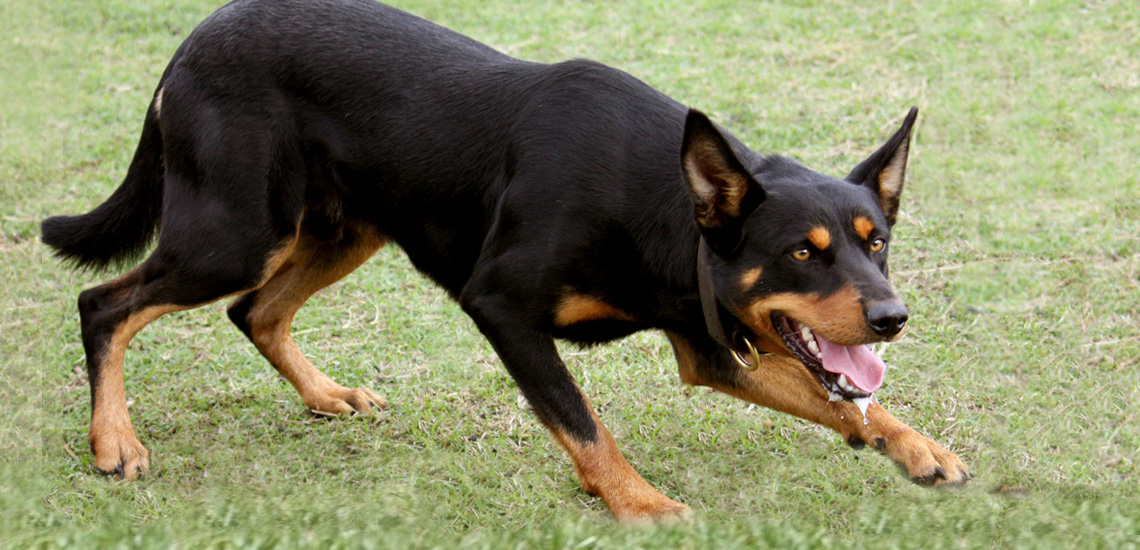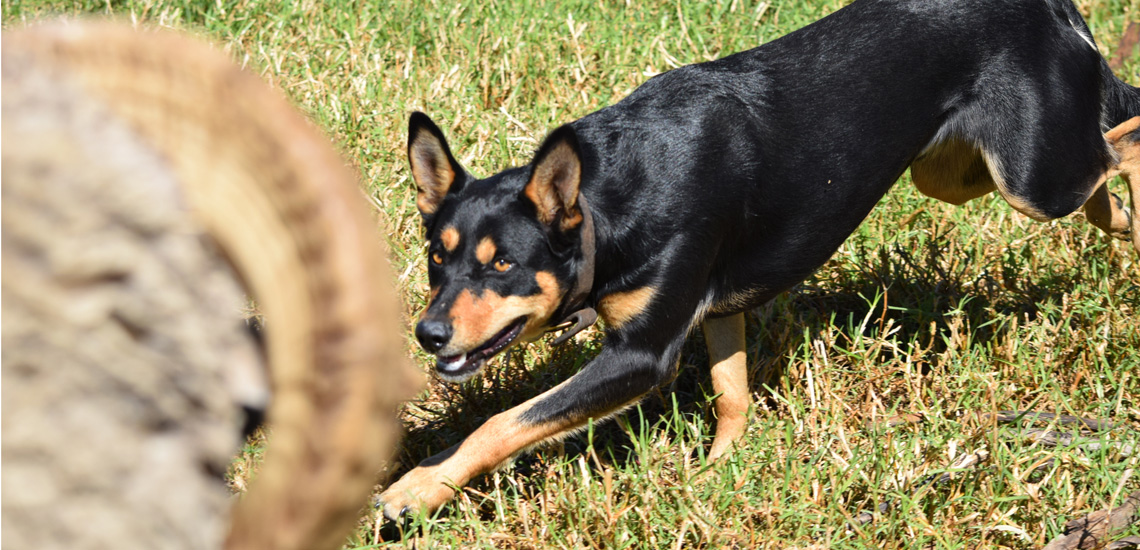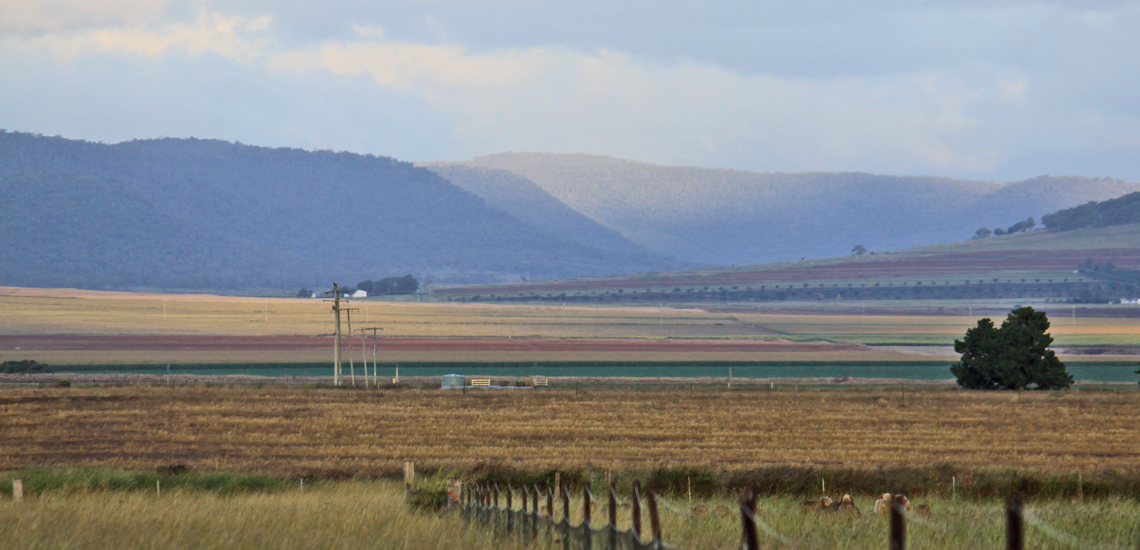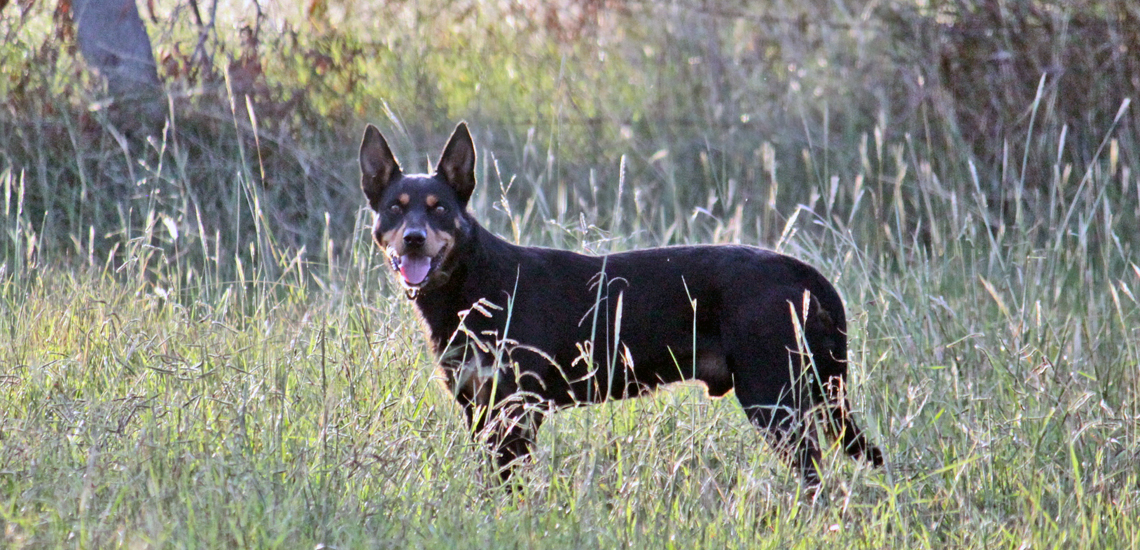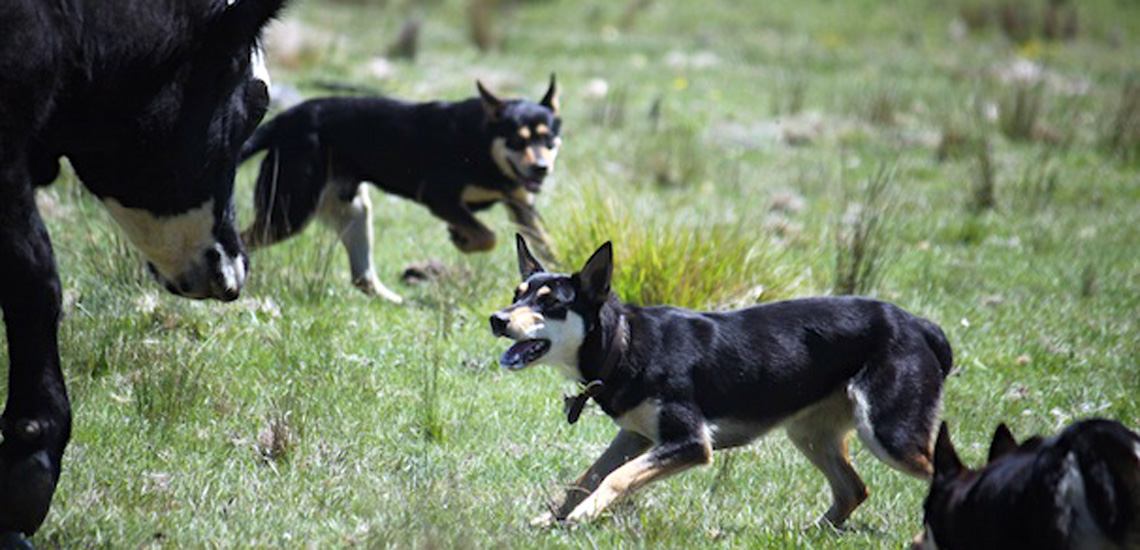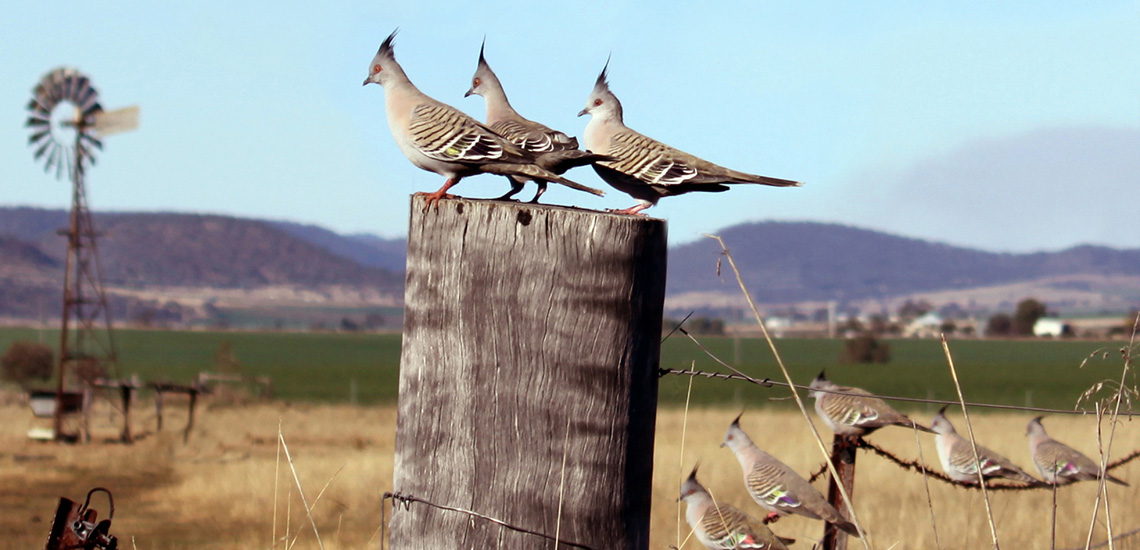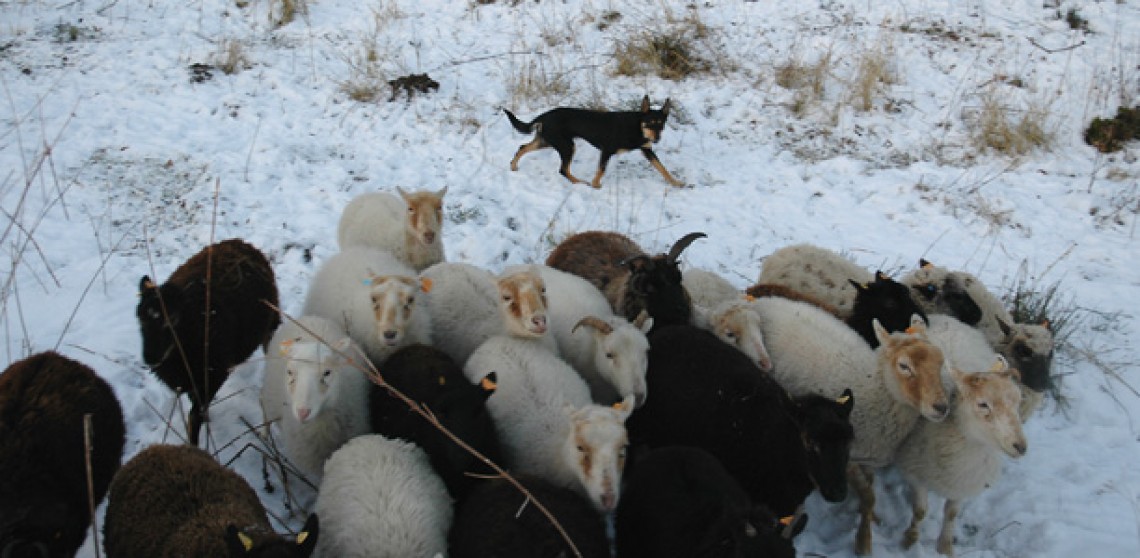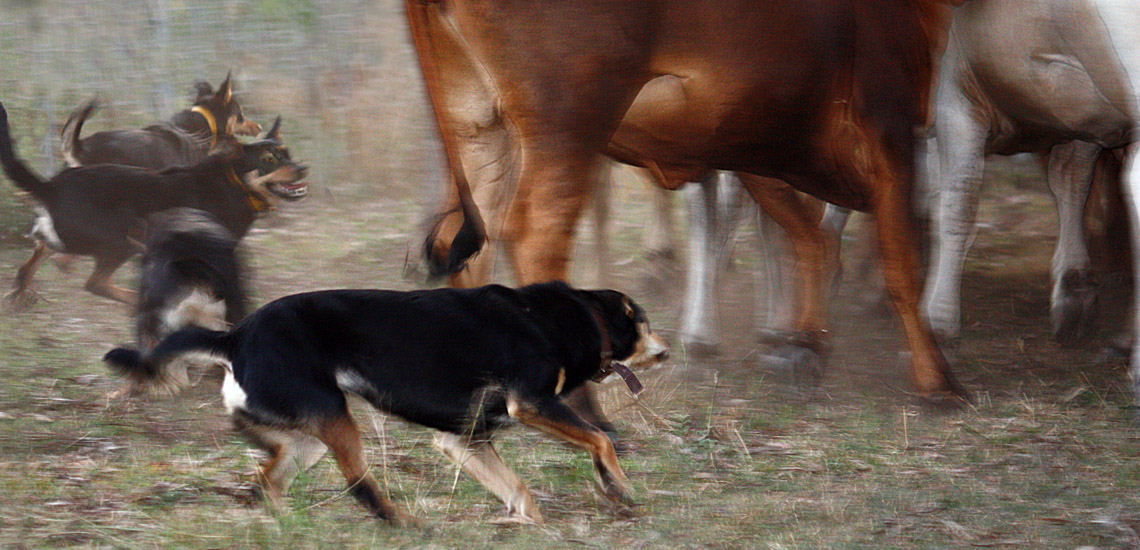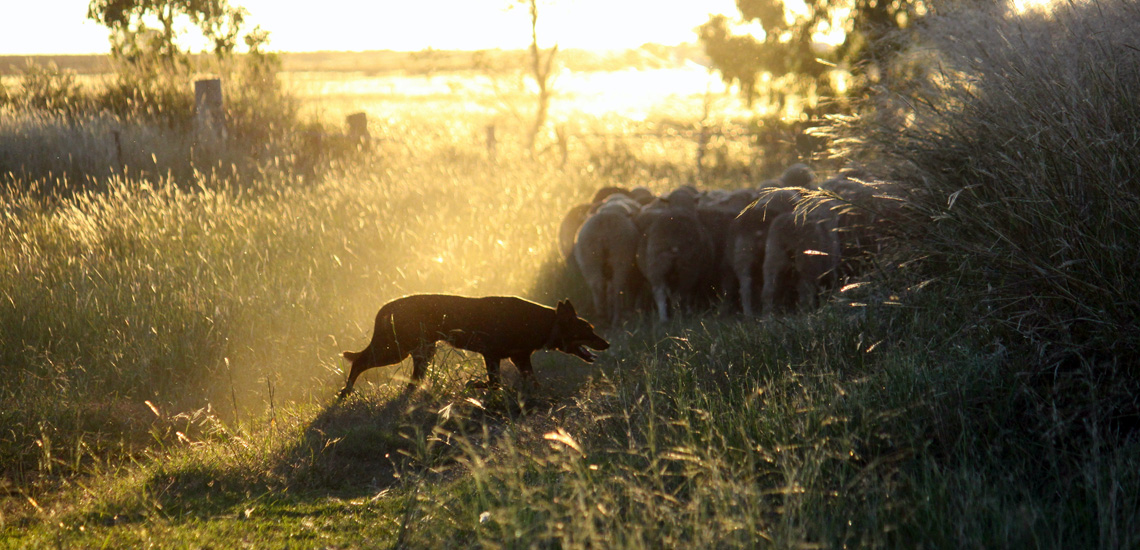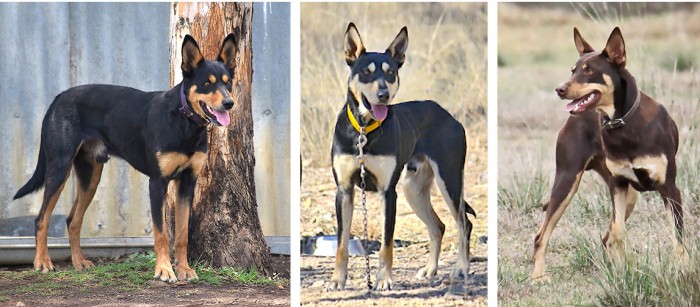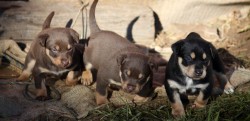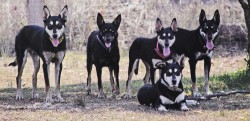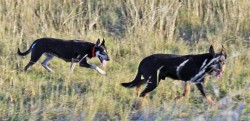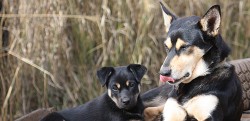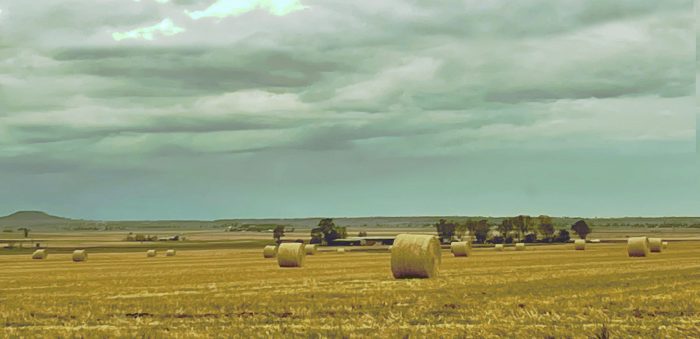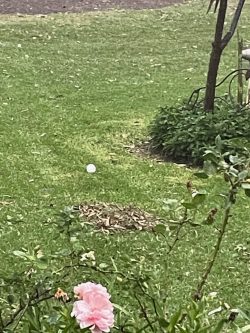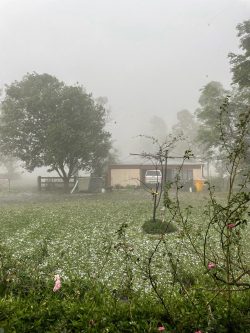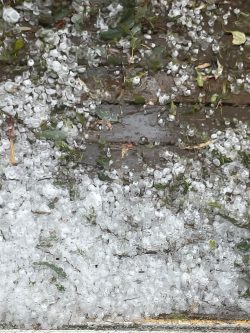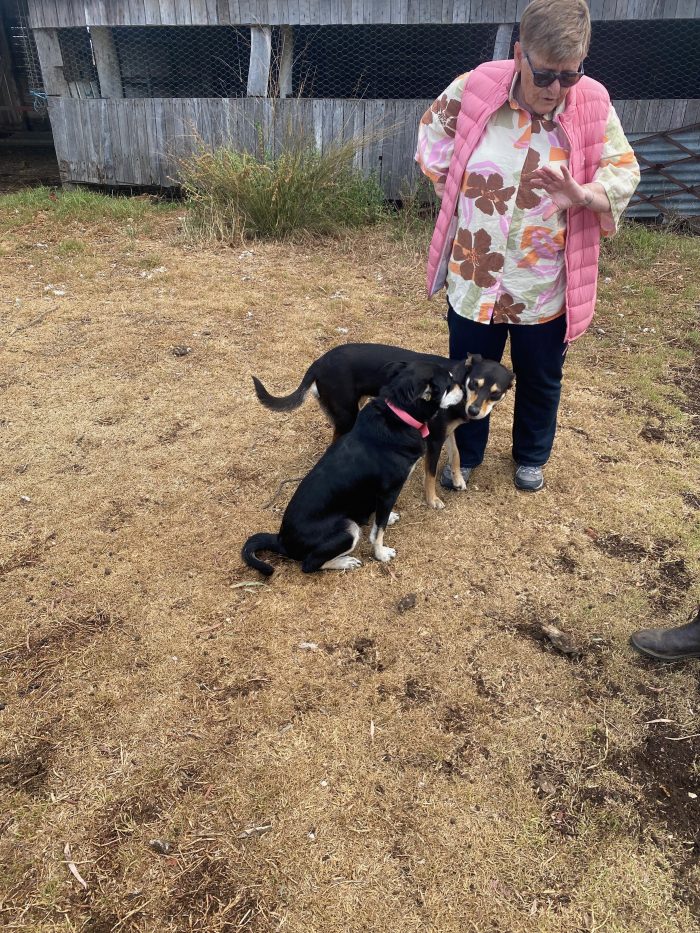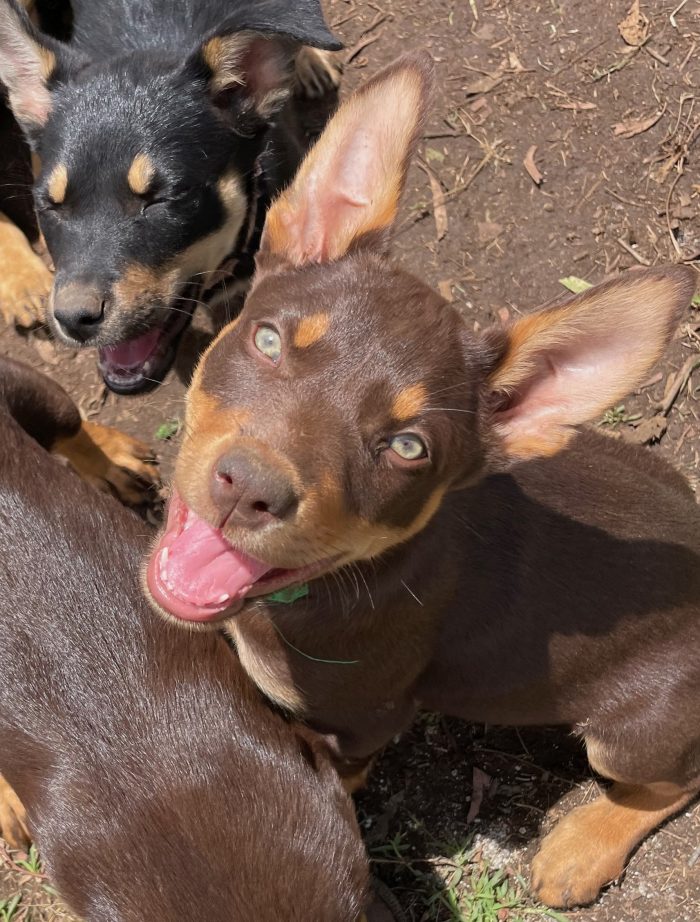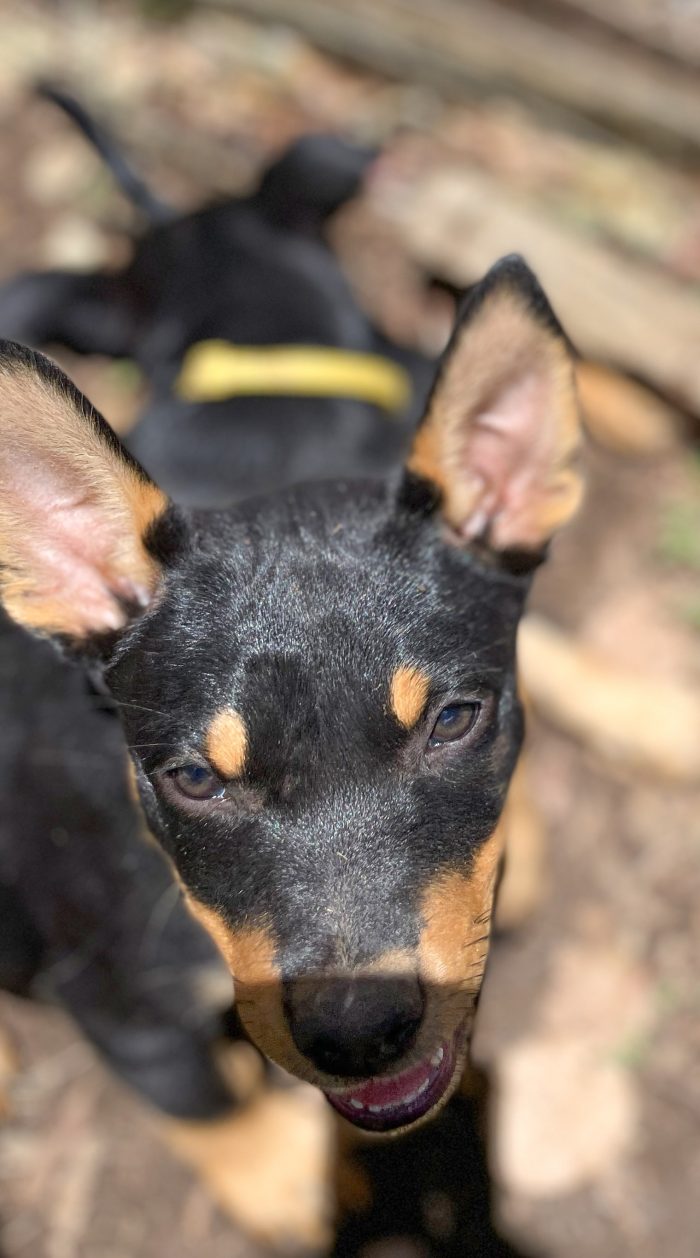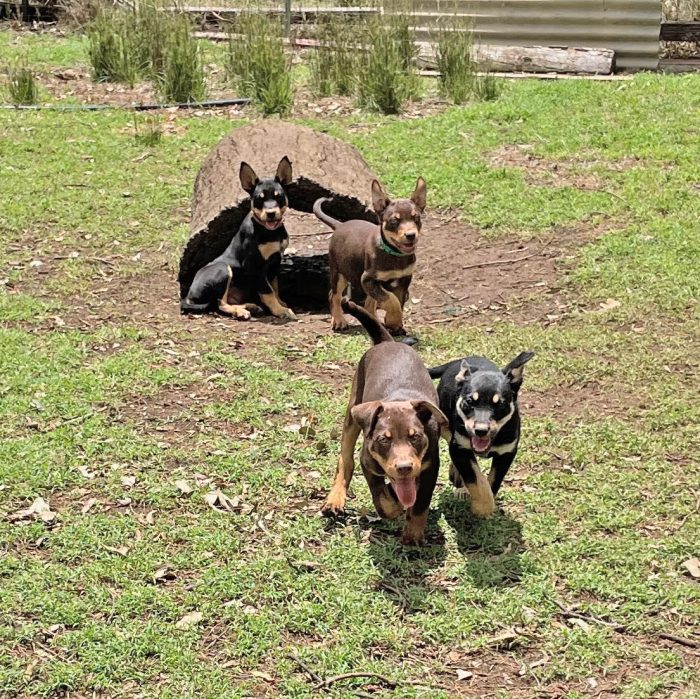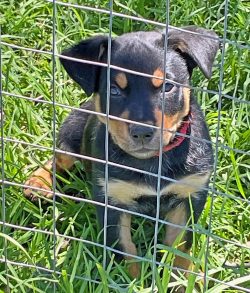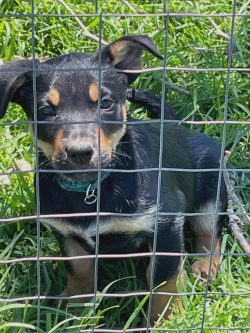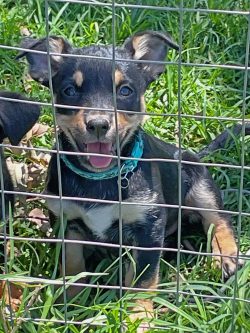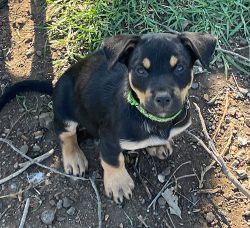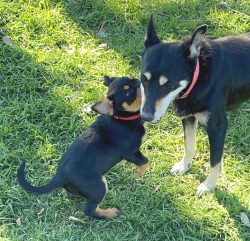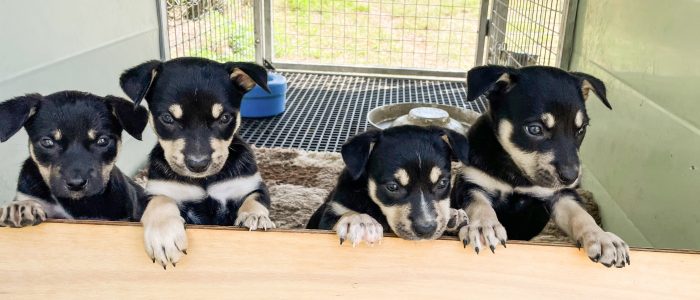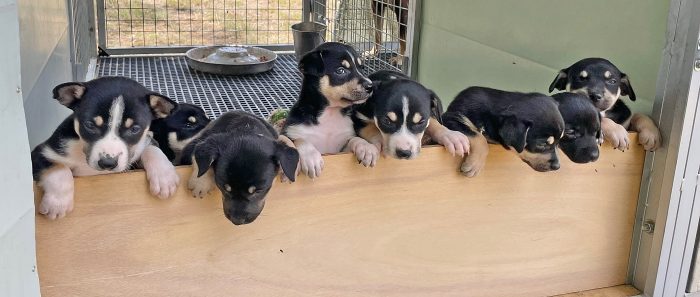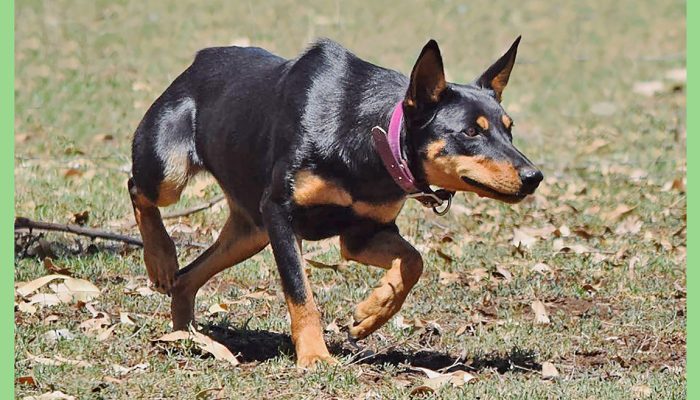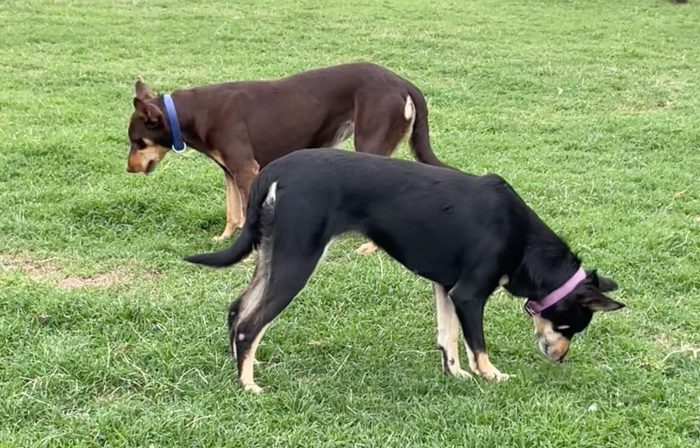Karmala
HERITAGE KELPIES
Like us on Facebook! facebook.com/karmala.com.au
Go straight to Pups for Sale
The stud is situated about 40 km south of Toowoomba near the historic village of Nobby, famous for Rudd’s Pub; here Australian writer Arthur Hoey Davis, better known as ‘Steele Rudd’, wrote some of his well known Dad and Dave stories. The old house where he lived is just down the road from Karmala.
Established at Lake Bolac in the Victorian Western District, the move to the Downs was made in 2001 when Jan ‘retired’ from farming. This move necessitated an adjustment in breeding emphasis to suit the Queensland market’s demand for dogs that can work cattle as well as sheep.
2020
All the Karmala sires I am using have tested clear for CA. Top row, Brock, Landy, Wills.
All bitches have also tested clear of CA or are bred from clear parents.
There’s a lengthy CA discussion in the May 2020 post.
Foundation dogs were chosen from lines of clever mustering dogs and sires are generally chosen from dogs performing well in testing conditions. This is very important, as there is insufficient work on a small property to fully assess dogs.
November 2025
That lovely crop that I photographed for the October news has been living dangerously with all the storm activity. To make things worse, it often takes these black soils a couple of weeks to dry out …
A week later…….pleased to report it’s safely off and the stubble rolled!
I’m feeling grateful that I very narrowly avoided most of the huge hail that hammered much of the district on Saturday. Lots of mess to clean up but nothing seriously broken! The storm came in from the south east and continued moving in that direction, so I had protection from trees and only a couple of branches blew off luckily. Most of my garden plants are on the Nth side of the house and are OK, many friends had their gardens trashed. The sound of huge cricket ball sized hail landing on the roof won’t be forgotten! It became smaller here but Clifton had it continue for half an hour and lots of damage was suffered.
The dogs seemed to survive unscathed although Siggy stayed very close to me. It’s good to have really solid kennels/sheds so I don’t have to worry about the pups during storms. Video shows the start and later on.
6 <click for storm
I had a visit last week from two ladies who bought litter sisters from the Barney x Clover litter last year, both are blue/tan girls and we had lunch and they had a reunion with Clover. It was lovely to meet Janet, all the way from SA, and Pauline came from Brisbane and brought a yummy lunch! Click on 2(1) for vid.
I have three litters of pups at present. The Jack x Vamp litter is almost ready to go to their new homes and there are a couple of boys for sale. Also some boys in the Jack x Clover litter. It appears that there is a lot more demand for pups bred from farm workers or dogs winning yard trials than these pups that can do pretty much any job! I guess many don’t realise how much easier it is to get a well bred pup going than one bred randomly or for closer work. The price of these boys is very reasonable and if compared with what’s being paid for ‘started’ pups at sales…? Dirt cheap and no GST.
Jack x Vamp pups below.
I think the general trend is to think all Kelpies are similar. Nothing could be further from the truth! The Karmala dogs have been bred to a type, both physical and work wise, for almost thirty years and their work is very predictable. They will be very useful on the property by twelve months of age if handled sensibly and given small jobs they can handle along the way. I remember John Gedye asking me if I “trained” a pup, and rolling his eyes when I said No, I just take it with me!
I went through years of truly terrible working dogs because my father was a true Scot so far as money was concerned. I got myself a well bred pup eventually, but dad said I had to wait until I was working at home full time and could look after it. It was a miracle I was able to get the sheep in for shearing every year in the Sept. holidays with his dogs, in fact it was likely only because of the pony I had that I managed.
There are three Riana Gundee x Karmala Minmin boys with a fair bit of white who will be discounted, they look like tri colour collies! Lovely pups and the work will be the same anyway. If she’d only had the four below I’d have had no idea what was lurking in that genetic mix . Gundee’s next litter out of a half Karmala bitch had no white at all but Riana Banker had more influence, if you compare the two homoz tables. Bamba Ginny is largely Riana blood so an interesting comparison.
Gundee x Trixie HOMOZ Gundee x Minmin Homoz
I have always looked forward and aimed for improvement when breeding stud sheep or kelpies. I remember Tony Parsons telling me I was far too “picky”! My Merino stud did so well because I used some of the top AI sires available at the time. This paid off when I won the Qld. Pair of the Year and represented the state at the Australian Sheep and Wool Show in Victoria.
With my dogs I have tried to source sires that have worked in very difficult conditions and proved themselves physically and mentally. I’ve been most fortunate in having the help of Emma and Derek Zeimer up north. All the stud dogs and bitches have been well tested by them in recent years on cattle, and the feed back is invaluable. I’ve tried to trickle in enough outside blood while keeping the same style of stylish mustering dogs (and avoiding lines known to carry CA) and I don’t have much semen put away, as I feel the dogs are improving and the way is forward, not back! This has been much easier after Matt Larkings gave me his two old fellows that were full of Scanlon blood, and I try to keep two families… one based on Brandy/Wilson/Wills and the other on Riana/Driftwood including R.Glide and Tracker the Chief.
I just heard from Emma this morning that Midnight has died. Such an influential bitch with a great legacy, she’s been a real star and leaves some lovely descendants. We also lost Gin Fizz recently. Both were daughters of Kahlua(Tracker Gibbs x Karmala Brandy). Midnight was by Tracker the Chief and Fizz by Glide.
It’s interesting that Midnight has left stud bitches in Mina and McKenzie and Fizz dogs, in Gibson and Cruise. All by Wills.
So another Generation of stud bitches makes way for the next….
Midnight
Fizz bred some excellent pups to Wills but sadly there was a fair bit of white on some. However the ones clear of the white included Gossip, Gibson, Flora Dora and Gin Cruiser, some of the best.
On Nov. 6 Sass was AI’d to Breezebend Brad/Spud owned by Selwyn Brown, the second litter we’ve bred to Spud. The first was to Whitney, and sadly many came to grief early on but were very promising. I’m very lucky to have a new reproductive specialist vet quite close now, and she’s using TCI which doesn’t need anaesthesia… and is cheaper to do. From my first experience I think it would be pretty important for the bitch to be well handled and calm, but the space is much less intimidating/distracting than a regular vet surgery, which is a big plus. Sass is a bit of a clown at home but behaved impeccably!
Sass and Tilly(Jakeeva Sage) trying out the lovely new green grass! Tilly is just coming on heat, she’s missed her last two…third time lucky, hopefully.
Go to archive
